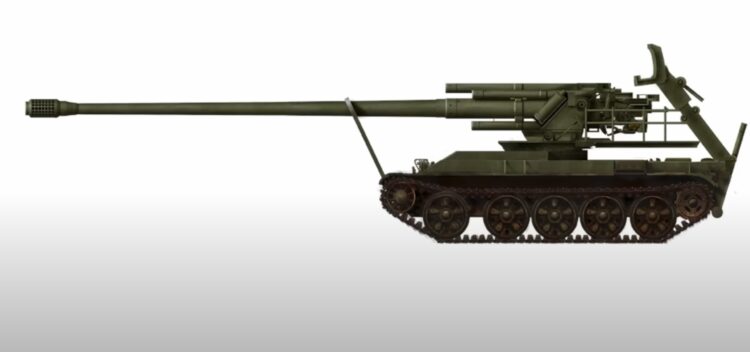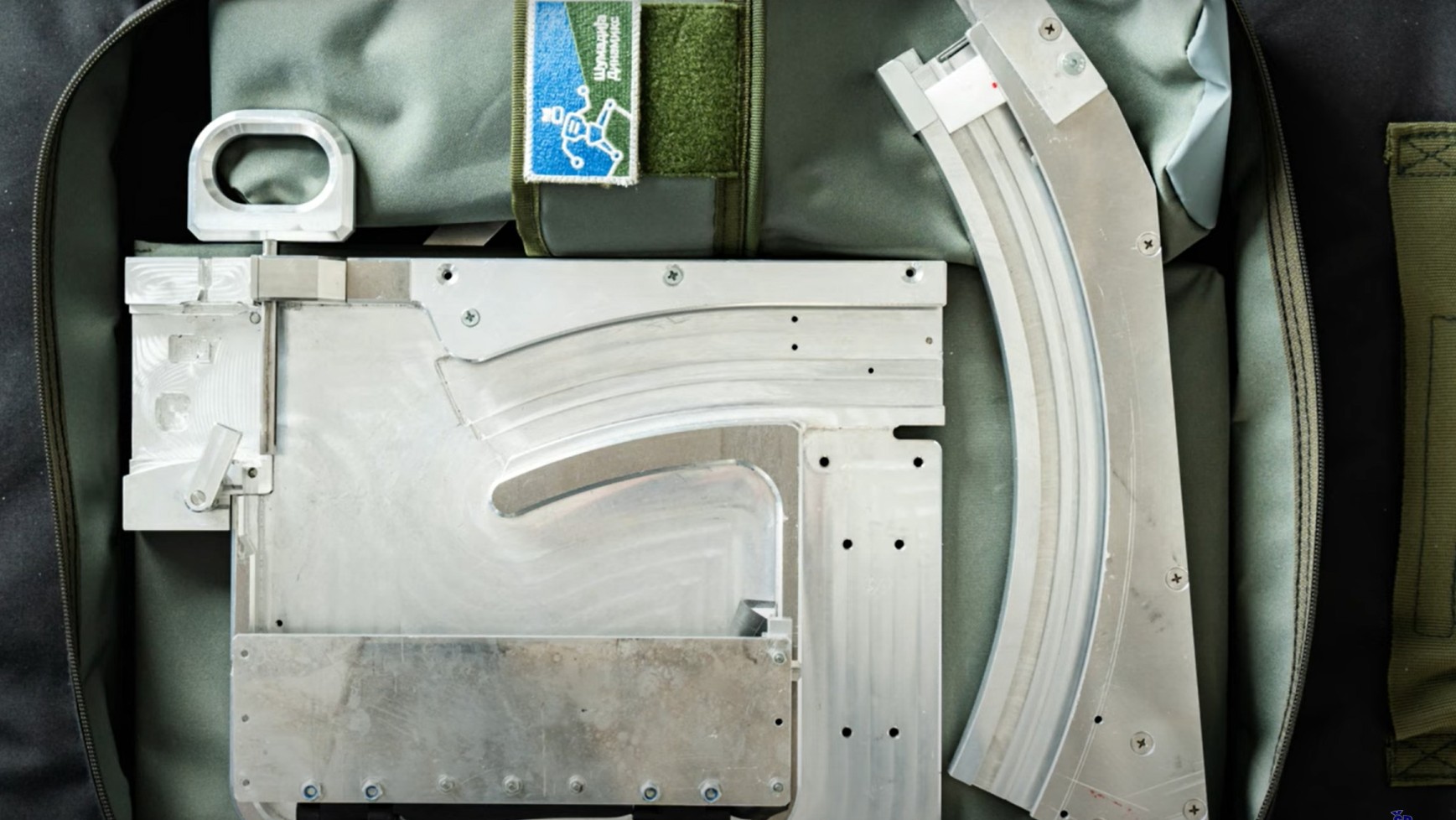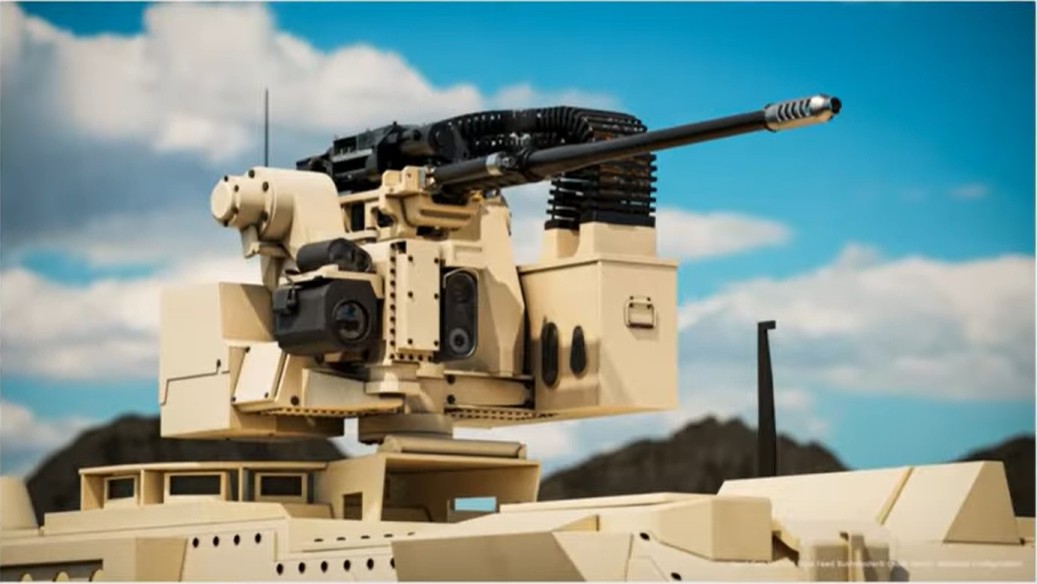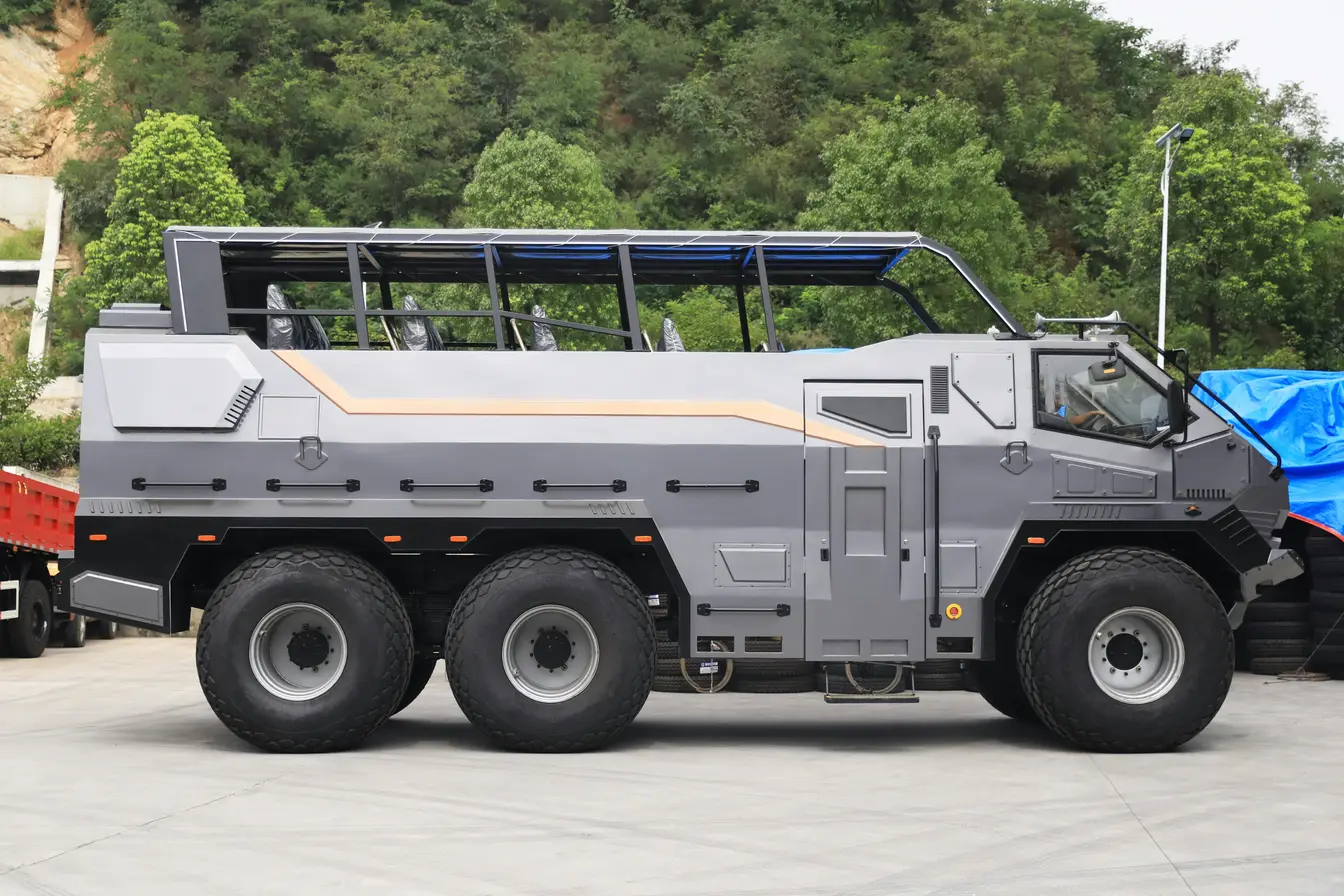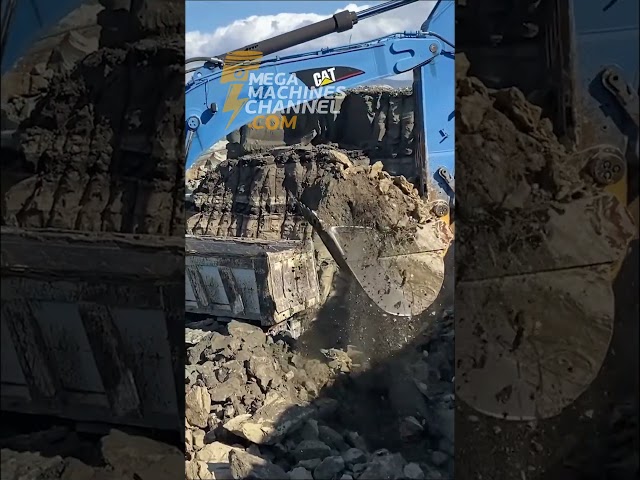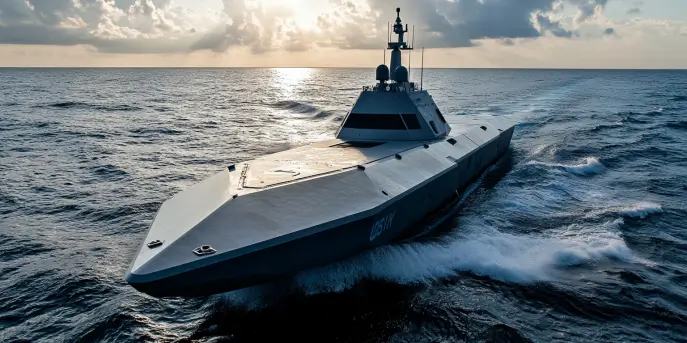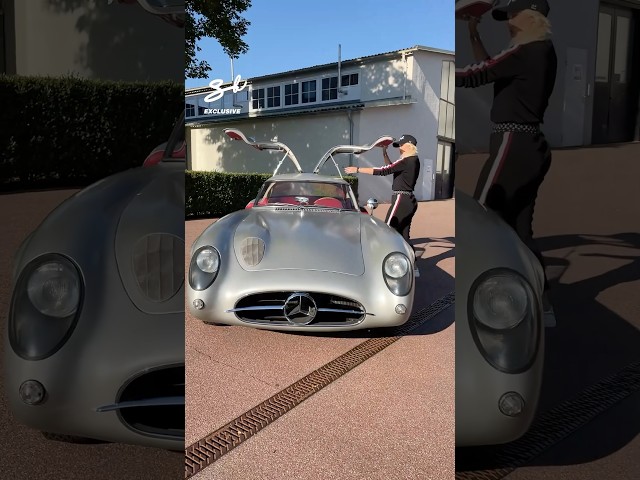The Powerhouse Artillery of North Korea: The M-1978 Koksan
Among the diverse range of military equipment developed by North Korea, the M-1978 Koksan self-propelled howitzer (SPH) stands out due to its massive firepower and strategic significance. Named after the region of Koksan in North Korea, this artillery piece is a testament to the country’s emphasis on heavy artillery to bolster its military capabilities.
A Brief History
The M-1978 Koksan was first observed by Western analysts during a military parade in 1985, although it is believed to have been developed in the late 1970s. It’s designed to provide long-range artillery support, playing a crucial role in the North Korean army’s strategy for a potential conflict on the Korean Peninsula. Over the years, it has become synonymous with North Korea’s focus on developing indigenous weaponry to avoid reliance on foreign imports.
Design and Specifications
The Koksan is one of the largest artillery systems in the world. It combines a massive artillery gun with mobility, offering both strategic and tactical advantages. Below are some key specifications:
| Specification | Details |
|---|---|
| Weight | 40 tons |
| Caliber | 170 mm |
| Length | Up to 12 meters (39 feet) |
| Crew | 5 |
| Maximum Range | 40-60 km (25-37 miles) |
| Rate of Fire | 1 shell every 15 minutes (as reported) |
Operational Capabilities
The Koksan’s most notable feature is its impressive range, which allows it to strike targets far behind enemy lines, a critical advantage in a defensive military strategy. The massive 170 mm gun can fire conventional and possibly rocket-assisted projectiles, extending its range significantly.
Despite its formidable firepower, the Koksan is limited by its low rate of fire. The artillery piece is manually loaded, which significantly slows down its operational tempo when compared to modern automatic systems. This limitation is somewhat mitigated by its ability to reposition rapidly, thanks to its self-propelled nature, thereby enhancing its survivability on the battlefield.
Deployment and Strategic Use
The strategic role of the Koksan in North Korea’s military doctrine cannot be overstated. Positioned near the Demilitarized Zone (DMZ), these artillery units pose a significant threat to South Korean and U.S. forces stationed in the region, as well as Seoul itself. Their long reach and destructive power are considered key elements in the North’s deterrent strategy. In the event of a conflict, the Koksan could be used in the initial bombardment phases to neutralize enemy defenses and communication lines.
It’s noteworthy that North Korea has exported the M-1978 Koksan to other countries, enhancing its proliferation impact. Nations such as Iran have reportedly acquired these systems, integrating them into their own military arsenals.
Challenges and Limitations
One of the primary challenges facing the Koksan is its dependence on open terrain for effective operation. The heavy weight and size make it less suited for rapid redeployment over rugged or urban landscapes. This constraint necessitates careful selection of deployment sites to maximize effectiveness while minimizing vulnerability to counter-battery fire.
The outdated technology also poses challenges in terms of maintenance and interoperability with modern computerized tracking and targeting systems, which have become standard in contemporary artillery forces.
An Icon of North Korean Artillery
While newer artillery systems have emerged since the M-1978 Koksan first entered service, it remains an iconic symbol of North Korean military strength. Its formidable presence serves as a constant reminder of the unresolved tensions on the Korean Peninsula and the ongoing importance of conventional artillery in modern warfare.
The Koksan, with its unique blend of characteristics, continues to be a subject of close scrutiny by defense analysts and military enthusiasts worldwide, reflecting both its strategic importance and the intrigue surrounding North Korea’s military capabilities.
